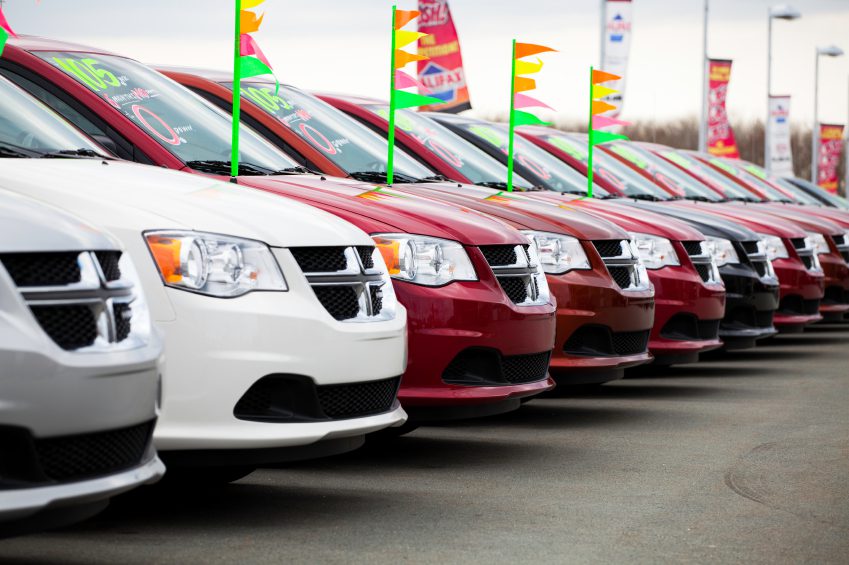New car year-to-date sales figures slacked 2.2 percent in 2017, brought down by decreases from FCA, General Motors, Ford Motor Company, and Toyota Motor Corporation. Despite the minor flux experienced, it’s the third year consecutively that US new car sales surpassed 17 million units. By all accounts, that’s an incredibly strong 12-month period. Continuing record new car sales is certainly possible throughout 2018. OEMs and dealers alike will require a shift in focus to correct course and resume the record-setting trend.
The Experiential Focus
The playing field has been leveled in recent decades, and the determining factor for many car buyers is more centered on the experience and image than reliability. Carmakers who seem to understand that have experienced an uptick year over year – brands such as Tesla’s 35% jump, Jaguar’s 27% increase, and Audi and Subaru’s single-digit growth. Creating a unique corporate identity and delivering an inimitable experience breeds success. Among manufacturers with annual sales over 1 million units, only Honda and Nissan realized annual sales growth. While the top manufacturers will remain at the top in volume either way, developing campaigns at the OEM and retail level to focus on the experience rather than features should bolster sales.
Embrace Emerging Electrification
The new Nissan LEAF, the Jaguar I-Pace, the Kia Niro EV (and sibling Hyundai Kona), and hybrids from carmakers of all kinds are arriving this year. While they won’t be the top-selling models in any dealer’s showroom, their market share could certainly account for an overall sales increase in 2018. OEMs must employ their best fanfare to welcome these models. It requires accurate, targeted ads for the people who are most likely to buy them: millennials and luxury buyers. Dealers need to be prepared for their arrival by incorporating EV charging stations, having staff trained before release, and creating a unique in-store experience for the EV car buyers.
Focus on Prime Lending
The sub-prime lending market has increased ten-fold since the trailing end of the Great Recession in 2009. More subprime borrowers are defaulting on their loans which stresses the market. Lenders are ripe for a correction, either to make eligibility qualifications stricter or hiking rates, effectively reducing the amount of funding allotted to subprime car loans. While strong sales may drive prime-customer loan rates up mildly, the new car market will remain strong. Focus on attracting non-subprime customers – they will likely be easy to approve and will remain more loyal after the sale.
Sell the Higher Trims
The brands that experienced growth hold the secret. Car buyers are spent more per vehicle, on average, in 2017 than in 2016. Seldom are models increasing in price, or very little. Instead, confident car shoppers are purchasing a vehicle with more equipment than previously. Capitalize on the trending increase in sales price. Stock fewer base trim-level models and opt to bring in more mid- and high-level trims. Obviously, this is based on demographic as well. Know the area you’re in to stock your store properly.








